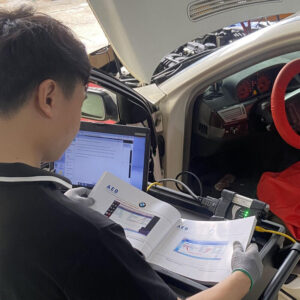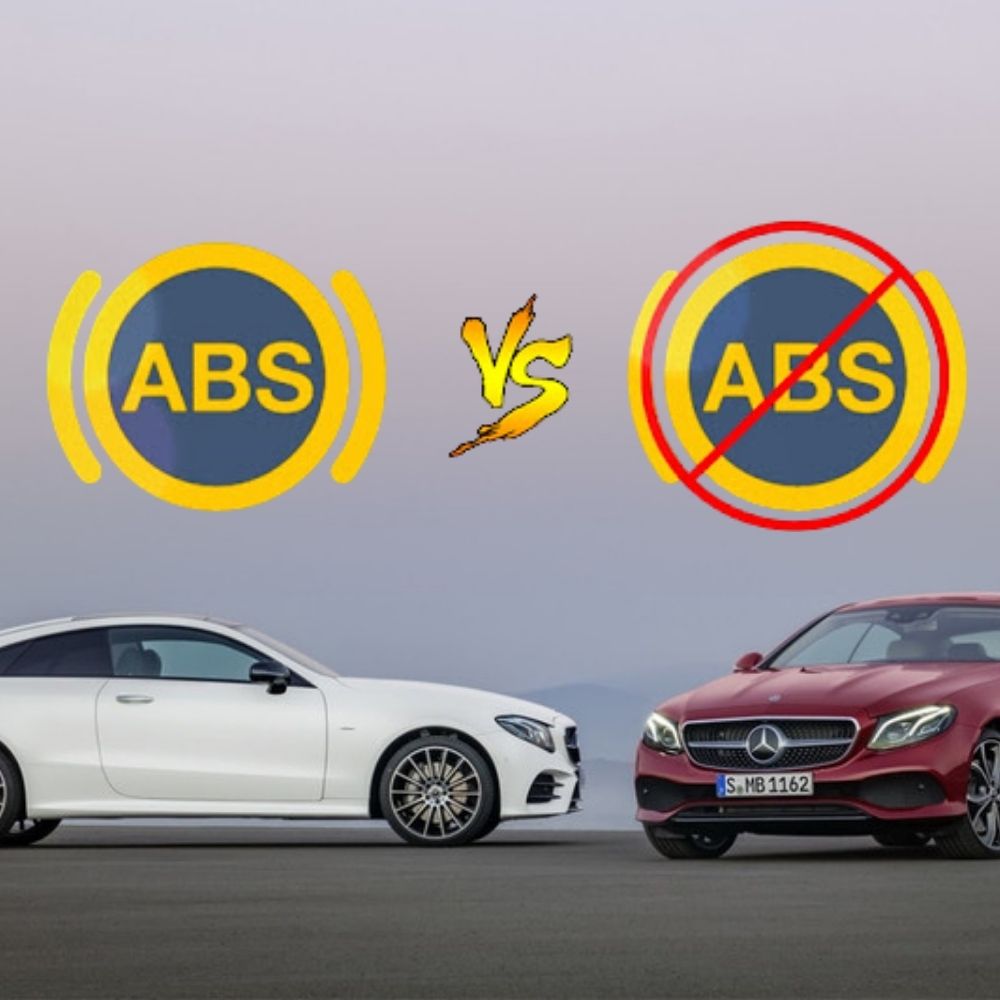
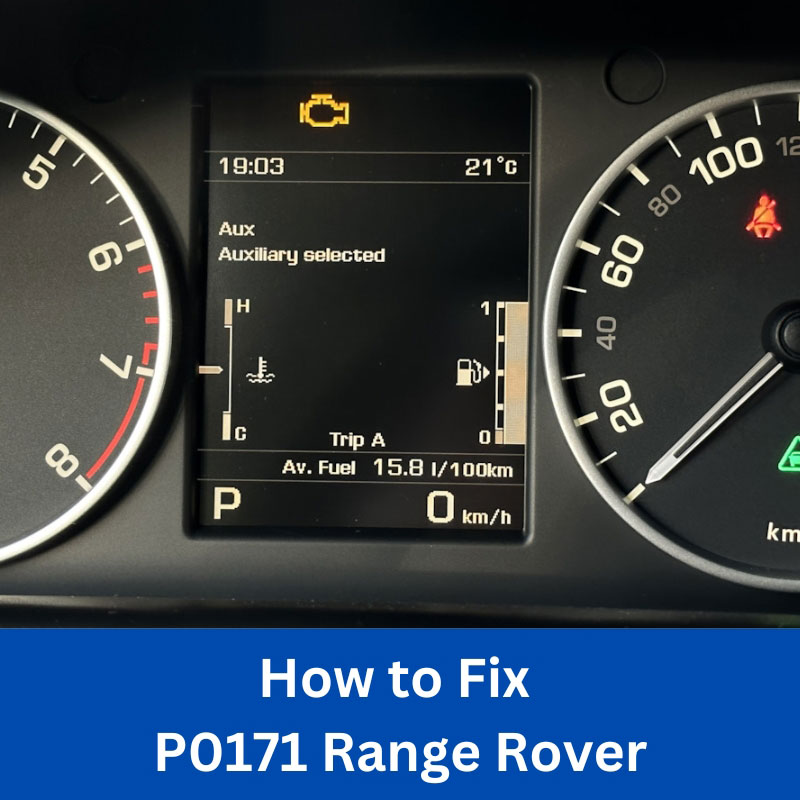
How to Fix P0171 Range Rover Error Code
Contents
- 1. Understanding the P0171 Range Rover Error Code
- 1.1. Symptoms of the P0171 Range Rover Error Code
- 1.2. Causes of the P0171 Range Rover Error Code
- 2. Step-by-Step Guide to Fix P0171 on a Range Rover
- 2.1. Tools Required:
- 2.2. How to Fix P0171 on a Range Rover
- 3. Why Fixing P0171 Range Rover Error Code is Important?
- 4. Preventive Measures for P0171 Error Code
- Need Expert Help? Contact AutoExplain!
If you’re dealing with the P0171 error code on your Range Rover, it means your engine is running too lean—there’s too much air and not enough fuel in the combustion mixture. This can lead to poor performance, increased fuel consumption, and potential long-term engine damage if left unresolved.
1. Understanding the P0171 Range Rover Error Code
The P0171 Range Rover error code is a crucial indicator that your vehicle’s Engine Control Module (ECM) has detected a lean air-fuel mixture in Bank 1 of your engine. This means there’s an excess of air and an insufficient amount of fuel being delivered to the combustion chamber. The ideal air-fuel ratio for gasoline engines is typically around 14.7:1. When this ratio deviates significantly with more air than fuel, the ECM flags the P0171 code. Understanding the implications of this lean condition is vital for any Range Rover owner or automotive technician.
This imbalance can stem from a variety of underlying issues, ranging from minor leaks in the intake system to more complex problems with the fuel delivery system or sensor malfunctions. Ignoring this trouble code can lead to a cascade of problems, affecting your Range Rover’s performance, fuel efficiency, and even potentially causing long-term engine damage. Therefore, a thorough understanding of what the P0171 Range Rover diagnostic code signifies is the essential first step towards effective diagnosis and repair. Recognizing the symptoms early and addressing the root cause promptly will help maintain the health and performance of your prized vehicle.
1.1. Symptoms of the P0171 Range Rover Error Code
When your Range Rover is experiencing a P0171 Range Rover fault code, it often manifests through several noticeable symptoms. Being aware of these signs can help you identify the problem early and seek timely resolution. Here are the common indicators associated with this lean condition code:
-
Check Engine Light Illuminated: This is usually the most immediate and obvious sign. The malfunction indicator lamp (MIL) on your dashboard will light up to alert you that the ECM has detected an issue with the engine’s operation, specifically the lean fuel trim system.
-
Engine Performance Issues: You might notice a significant decrease in your Range Rover’s power and acceleration. The engine may feel sluggish or hesitant, especially when trying to accelerate quickly. This is because the less-than-optimal air-fuel mixture hinders efficient combustion.
-
Rough Idling: When your vehicle is stationary, the engine might idle erratically or feel unstable. You might experience vibrations or a general sense of the engine not running smoothly. This rough idle can be intermittent or constant depending on the severity and cause of the lean condition.
-
Engine Misfires: The engine may hesitate, cough, or even backfire. Misfires occur when one or more cylinders fail to ignite the air-fuel mixture properly. A lean condition can contribute to these misfires, leading to a jerky or uneven driving experience.
-
White Spark Plug Tips: While not immediately apparent without inspection, if you check your spark plugs, you might notice that the tips appear unusually white or light-colored. This indicates that the combustion is occurring with excessive heat due to the lean air-fuel mixture.
-
Increased Fuel Consumption: Paradoxically, a lean condition, while indicating a lack of fuel relative to air, can sometimes lead to increased fuel consumption. This happens because the ECM tries to compensate for the lean mixture by injecting more fuel, hoping to bring the air-fuel ratio back to the optimal range.
-
Hesitation or Stalling: In more severe cases, the lean condition can cause the engine to hesitate upon acceleration or even stall, especially at lower speeds or when coming to a stop.
Experiencing one or more of these symptoms, especially in conjunction with the check engine light, strongly suggests a potential P0171 Range Rover trouble code. It’s crucial to address these symptoms promptly to prevent further complications and ensure your Range Rover continues to operate at its best. If you observe any of these issues, consider using an OBD2 scanner to confirm the presence of the P0171 code and initiate the diagnostic process. Remember, early intervention can save you time, money, and potential long-term engine damage.
1.2. Causes of the P0171 Range Rover Error Code
When the P0171 Range Rover code appears, it means that the Engine Control Module (ECM) is unable to maintain the proper air-fuel ratio (14.7:1). To compensate, the system attempts to inject more fuel than normal. Below are some common causes:
-
Vacuum Leaks: Air leaks in the intake system are a frequent cause of a lean condition. Unmetered air entering the engine after the Mass Air Flow (MAF) sensor disrupts the calculated air-fuel ratio. These leaks can occur in various places, including:
-
Cracked or disconnected vacuum hoses
-
Damaged intake manifold gaskets
-
Leaks in the Positive Crankcase Ventilation (PCV) system
-
Faulty brake booster hoses
-
-
Weak Fuel Pump: An aging or failing fuel pump may not be able to deliver sufficient fuel pressure to the injectors. This insufficient fuel supply results in the engine running lean, especially under higher demand conditions like acceleration.
-
Faulty Fuel Pressure Regulator: The fuel pressure regulator is responsible for maintaining a consistent fuel pressure in the fuel rail. If it malfunctions and allows the pressure to drop too low, the fuel injectors won’t be able to deliver the required amount of fuel, leading to a lean mixture.
-
Clogged Fuel Filter: A restricted fuel filter can impede the flow of fuel to the engine. Over time, the fuel filter can become clogged with debris, reducing the fuel volume reaching the injectors and causing a lean condition.
-
Defective Mass Air Flow (MAF) Sensor: The MAF sensor measures the amount of air entering the engine. If this sensor provides inaccurate readings (typically underreporting the airflow), the ECM will calculate the fuel delivery incorrectly, resulting in a lean mixture.
-
Malfunctioning Oxygen (O2) Sensors: While less direct, faulty oxygen sensors (especially the upstream sensors) can provide inaccurate exhaust oxygen levels to the ECM. This can lead the ECM to make incorrect adjustments to the fuel trim, potentially contributing to a lean condition.
-
Faulty Fuel Injectors: Clogged or malfunctioning fuel injectors may not be able to spray the correct amount of fuel into the combustion chamber. If one or more injectors are partially blocked or not operating efficiently, it can lead to a localized or overall lean condition.
-
Blocked Catalytic Converter: A severely blocked catalytic converter can create backpressure in the exhaust system. While this is more often associated with rich conditions, in some complex scenarios, it can indirectly influence sensor readings and potentially contribute to fuel trim issues.
2. Step-by-Step Guide to Fix P0171 on a Range Rover
2.1. Tools Required:
- JLR SDD software
- JLR Mongoose / JLR DOIP Original
- Mass Air Flow (MAF) Sensor Cleaning Kit
- Throttle Body Cleaning Kit
- Fuel Pressure Test Kit
- Fuel Filter Wrench
- PCV Valve Test Kit
- Oxygen Sensor Socket
- Safety Equipment
2.2. How to Fix P0171 on a Range Rover
Step 1: Diagnose the Root Cause
-
Begin by using JLR SDD software to scan the vehicle. This will confirm the presence of the P0171 code and provide any other related trouble codes that might offer further clues.
-
Pay close attention to the Long-Term Fuel Trim (LTFT) values for Bank 1. Significantly positive LTFT values (e.g., above +10% or +15%) indicate that the ECM is adding a substantial amount of extra fuel to compensate for the lean condition. This confirms the system is indeed running lean and provides a starting point for your investigation.
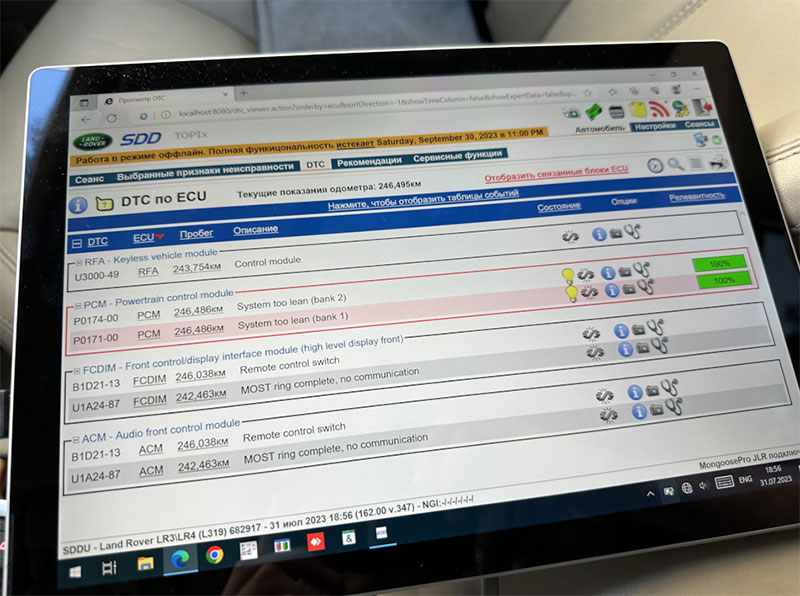
Step 2: Inspect the Air Intake System
-
Thoroughly examine all visible vacuum hoses for any signs of cracks, leaks, or disconnections. Pay close attention to hoses near the intake manifold, throttle body, and any auxiliary air systems.
-
Carefully listen for any hissing sounds emanating from the engine bay while the engine is running. These sounds are often indicative of a vacuum leak. You might need to use a stethoscope or a long screwdriver held to your ear (handle end) to pinpoint the location of the leak.
-
Ensure that all air intake connections, including the air filter housing and the ducting leading to the throttle body, are securely fastened. Loose connections can allow unmetered air to enter the system.
Step 3: Clean or Replace the MAF Sensor
-
Locate the Mass Air Flow (MAF) sensor, typically situated in the air intake duct near the air filter housing.
-
Carefully disconnect the electrical connector and remove the MAF sensor from the housing.
-
Use a dedicated MAF sensor cleaner (available at most auto parts stores) to gently clean the sensor’s delicate filaments. Follow the instructions on the cleaner can. Avoid touching the filaments directly.
-
Allow the sensor to air dry completely before reinstalling it.
-
If cleaning doesn’t resolve the issue, or if you suspect the MAF sensor is significantly faulty, consider replacing it with a new OEM-approved part for your specific Range Rover model. After replacement, clear the P0171 code and monitor if it returns.
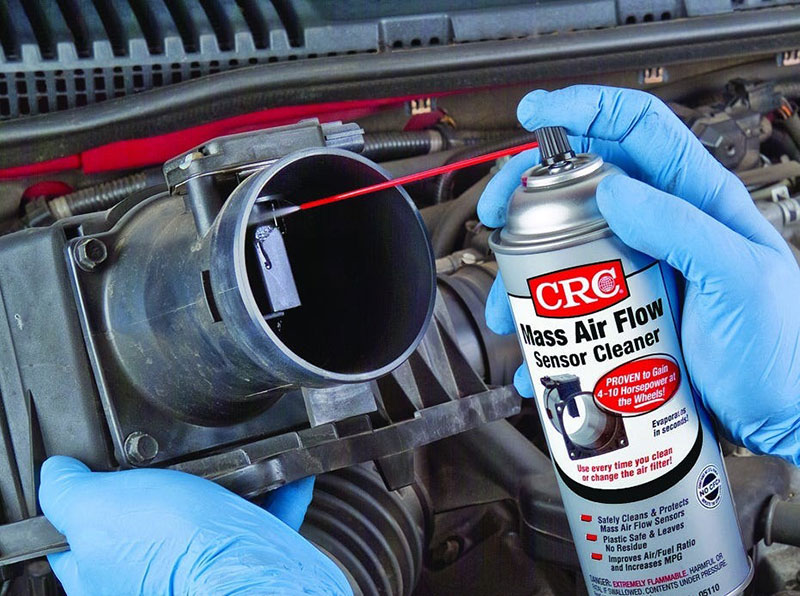
Step 4: Inspect the Exhaust System
-
Visually inspect the exhaust system, particularly the areas around the oxygen sensors, for any signs of leaks, damage, or excessive corrosion. Exhaust leaks near the upstream O2 sensors can introduce additional oxygen into the exhaust stream, potentially skewing sensor readings and affecting fuel trim.
-
Look for any excessive carbon buildup around exhaust components, although this is less directly related to a lean code but good practice during inspection.
-
While more complex to test without specialized equipment, ensure the oxygen sensors appear to be in good physical condition. If you have access to a scan tool that can monitor live sensor data, check the readings of the upstream and downstream O2 sensors for proper operation. Erratic or flatlined readings can indicate a faulty sensor.
Step 5: Check Fuel Pressure and Injectors
-
Connect a fuel pressure gauge to the test port on the fuel rail to measure the fuel pressure. Compare the reading to the factory specifications for your Range Rover model. Low fuel pressure could indicate a weak fuel pump or a faulty fuel pressure regulator.
-
If fuel pressure is consistently low, suspect a failing fuel pump or a clogged fuel filter. Replacing the fuel filter is a relatively inexpensive maintenance item that should be considered. If the problem persists, the fuel pump may need replacement.
-
Testing fuel injectors requires specialized equipment. You can either send your injectors to a professional service for cleaning and testing or use a scan tool that offers injector testing capabilities (if you have access to one). Look for issues like low flow, restricted spray patterns, or leaks. Faulty injectors may need to be cleaned or replaced.
Step 6: Inspect the Fuel and Air Ratio Sensors
-
Your Range Rover likely utilizes both oxygen (O2) sensors and possibly air-fuel ratio (A/F) sensors. The upstream sensors (before the catalytic converter) play a crucial role in fuel trim adjustments.
-
If all previous steps have not resolved the P0171 Range Rover DTC, suspect a malfunctioning upstream O2 or A/F sensor. These sensors can become less accurate over time due to contamination or aging.
-
Using a scan tool that can display live sensor data is invaluable here. Monitor the response time and voltage fluctuations of the upstream sensors. Slow response or out-of-range values can indicate a faulty sensor.
-
Replace any suspect oxygen or air-fuel ratio sensors with new, OEM-approved parts. After replacement, clear the P0171 error code and take your Range Rover for a test drive to see if the issue has been resolved.
Important Note: After performing any repairs, always clear the P0171 Range Rover DTC using your OBD2 scanner and monitor if the code returns. It may take some driving for the ECM to fully readjust and for the check engine light to reappear if the underlying issue persists. If you are not comfortable performing these diagnostic and repair steps yourself, it is always best to consult a qualified automotive technician.
3. Why Fixing P0171 Range Rover Error Code is Important?
Ignoring the P0171 Range Rover lean condition code can have several detrimental effects on your vehicle’s performance, longevity, and your wallet. Addressing this issue promptly is crucial for the following reasons:
-
Increased Fuel Consumption: While the initial lean condition might seem like it would save fuel, the ECM’s attempts to compensate by injecting more fuel often result in decreased fuel economy. Resolving the lean condition allows your engine to operate at its optimal air-fuel ratio, maximizing fuel efficiency and saving you money at the pump.
-
Damage to the Catalytic Converter: The catalytic converter is designed to operate within a specific temperature range. A persistent lean condition leads to higher combustion temperatures, which can overheat and potentially damage the catalytic converter. Replacing a catalytic converter is a significant and costly repair.
-
Poor Engine Performance and Reliability: A lean air-fuel mixture hinders efficient combustion, leading to reduced power, poor acceleration, rough idling, and engine misfires. These performance issues can make driving less enjoyable and can also put additional strain on other engine components over time, potentially affecting the overall reliability of your Range Rover.
-
Potential for Engine Damage: In extreme cases, a prolonged and severe lean condition can lead to engine damage, such as burnt valves or damaged pistons, due to the excessively high combustion temperatures. Addressing the P0171 code early helps prevent these costly repairs.
-
Failed Emissions Tests: A lean condition can cause your vehicle to fail emissions tests due to increased levels of certain pollutants in the exhaust. Resolving the issue ensures your Range Rover remains compliant with environmental regulations.
4. Preventive Measures for P0171 Error Code
4.1. Regular Fuel Filter Replacement
-
Ensure the fuel filter is replaced at the recommended intervals (usually every 15,000 to 30,000 miles). A clogged fuel filter can restrict fuel flow, leading to a lean condition.
4.2. Mass Air Flow (MAF) Sensor Maintenance
-
Clean the MAF sensor periodically using a specialized cleaning kit. A dirty MAF sensor can send incorrect airflow readings to the engine computer, causing it to run lean.
4.3. Vacuum System Inspection
-
Regularly inspect the vacuum system for leaks. Vacuum leaks can introduce excess air into the engine, leading to a lean condition. Use a smoke test to identify any leaks.
4.4. Oxygen Sensor Checks
-
Ensure oxygen sensors are functioning correctly. Faulty oxygen sensors can provide incorrect data to the engine computer, affecting fuel trim adjustments.
4.5. Fuel Injector Cleaning
-
Use fuel injector cleaners periodically to prevent clogging. Clogged injectors can reduce fuel flow, causing the engine to run lean.
6. Proper Driving Habits
-
Avoid frequent short trips and idling for extended periods. These habits can prevent the engine from reaching optimal operating temperatures, potentially leading to lean conditions.
7. Regular Tune-Ups
-
Ensure your Range Rover receives regular tune-ups, including spark plug replacements and ignition system checks. Worn spark plugs can cause incomplete combustion, leading to lean conditions.
8. Monitor Fuel Pressure
-
Use a fuel pressure gauge to ensure the fuel pressure is within the recommended range. Low fuel pressure can cause the engine to run lean.
9. PCV System Maintenance
-
Regularly inspect and maintain the Positive Crankcase Ventilation (PCV) system. A malfunctioning PCV system can introduce excess air into the engine, leading to a lean condition.
10. Use High-Quality Fuel
- Always use high-quality diesel fuel that meets the specifications recommended by Land Rover. Poor-quality fuel can lead to engine performance issues, including lean conditions.
Need Expert Help? Contact AutoExplain!
If you’re still struggling with the P0171 code on your Range Rover, AutoExplain is here to help. We offer professional car diagnostics, coding, and programming support to ensure your vehicle runs smoothly.
📲 Contact us now via WhatsApp: +1(936)2896695 for expert assistance!
Visit our website: AutoExplain for more in-depth repair guides and technical support!

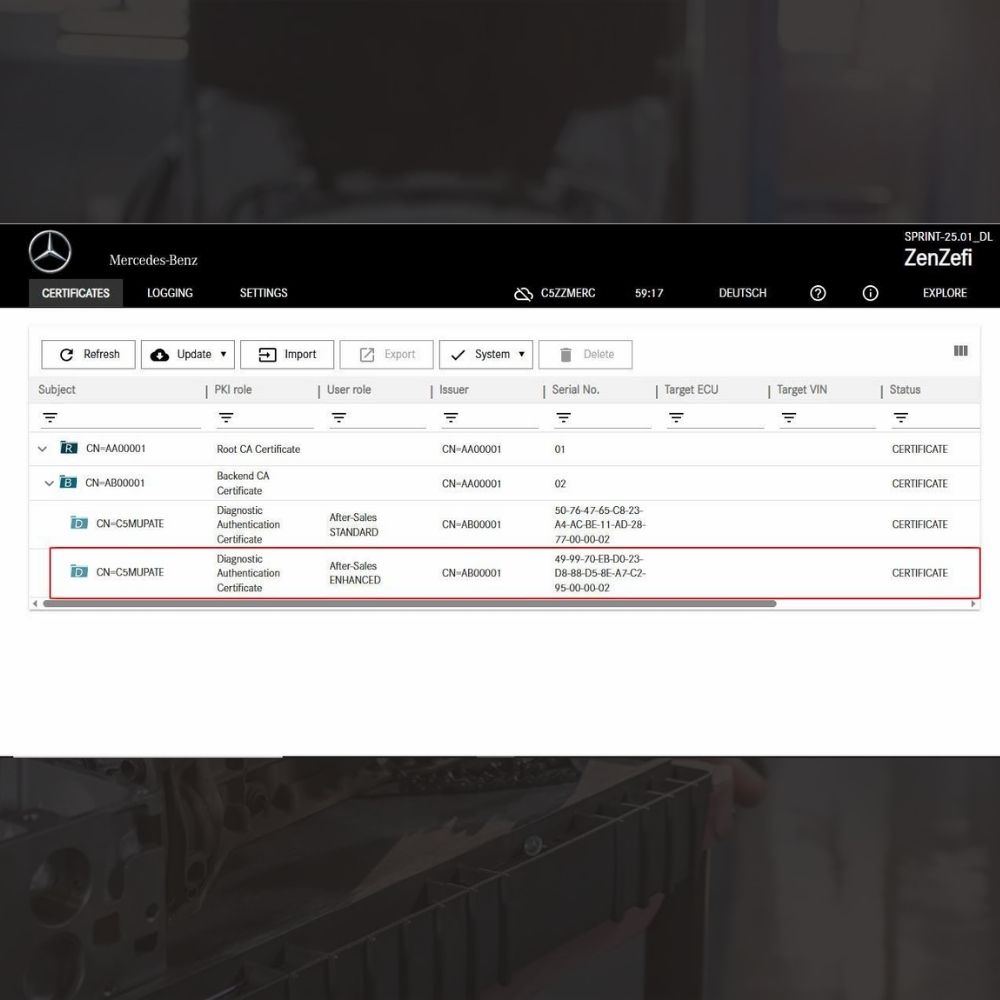
New Mercedes Car Coding Solution with ZenZefi certificate for DTS Monaco 9.02
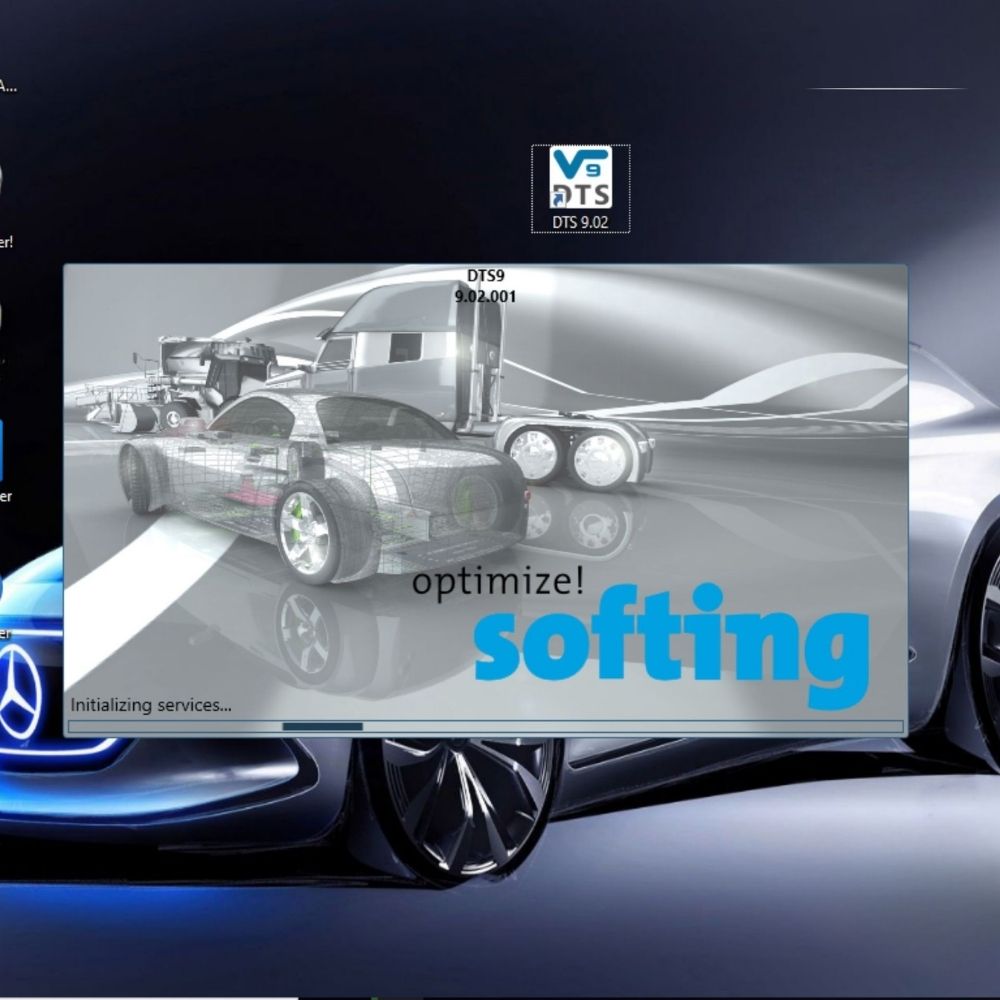
What is DTS Monaco? Key Functions of DTS Monaco Software
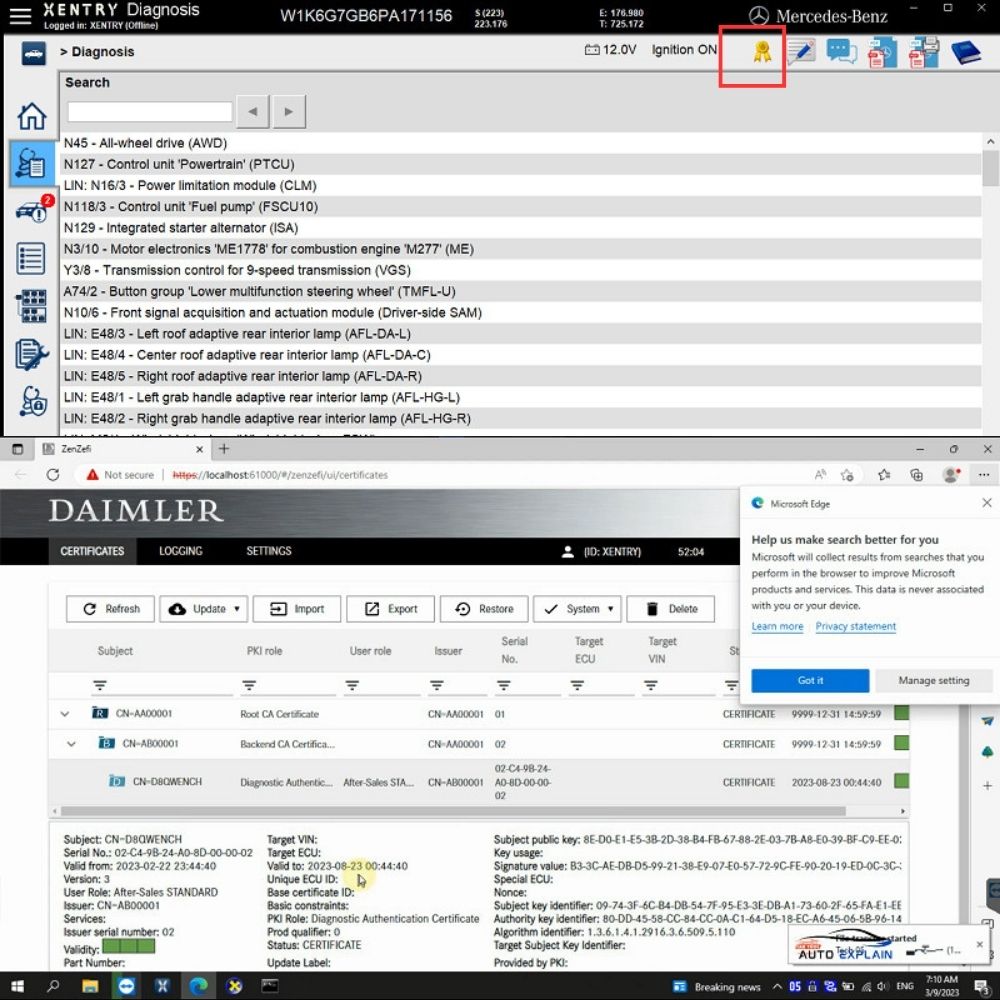
What is the Xentry Certificate Zenzefi? Why You Need It, and When It Is Required?



New Mercedes Car Coding Solution with ZenZefi certificate for DTS Monaco 9.02



